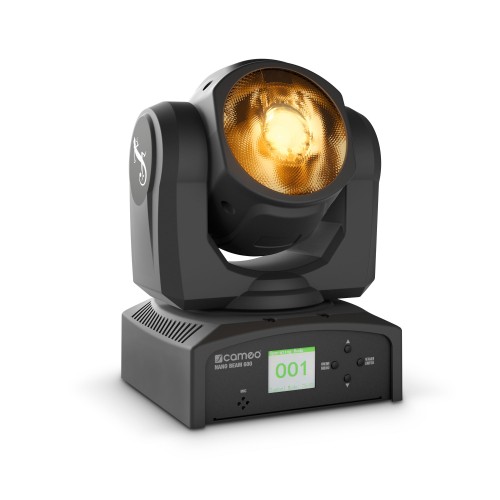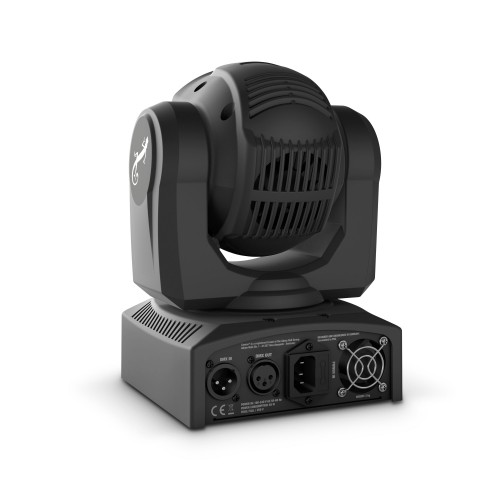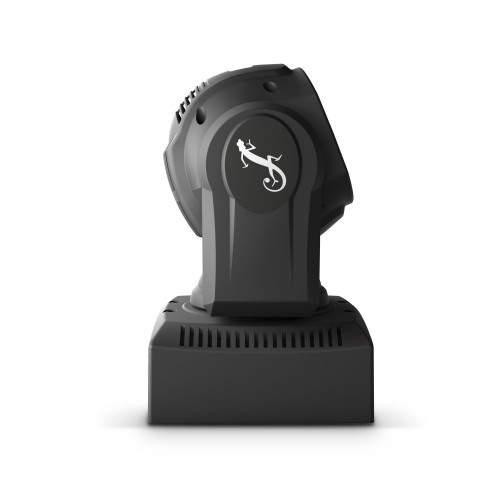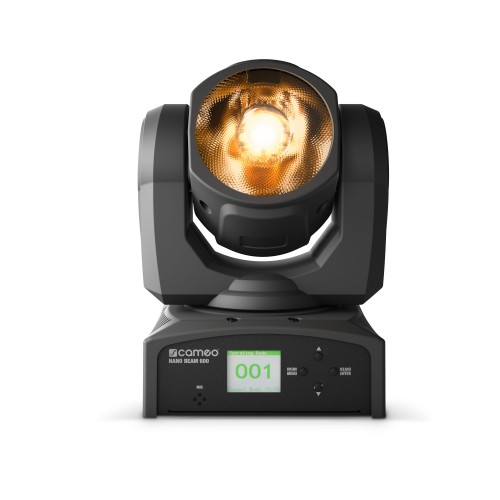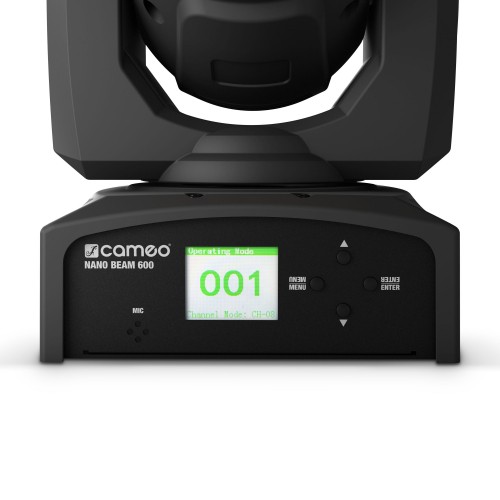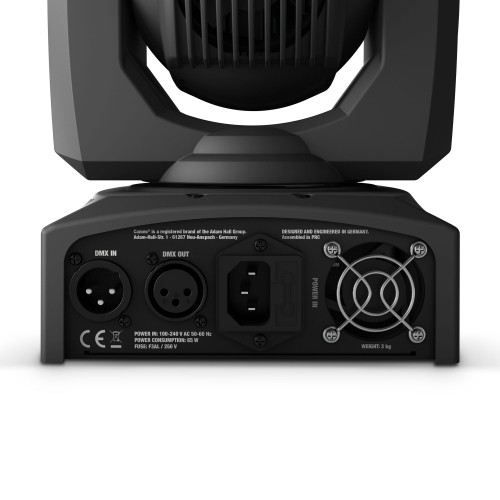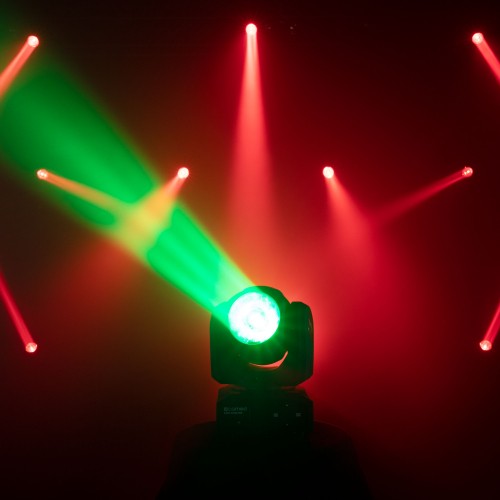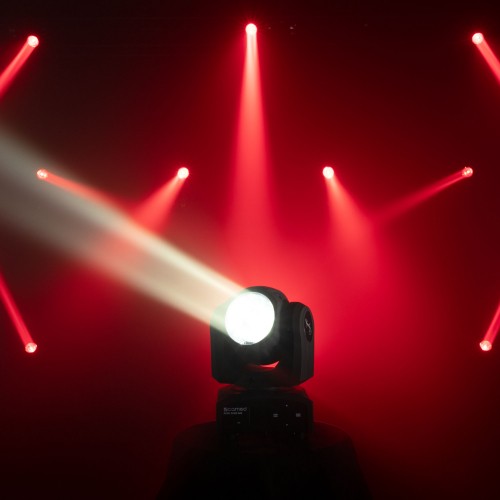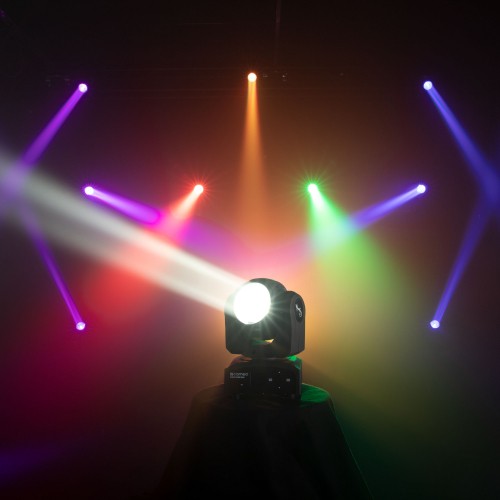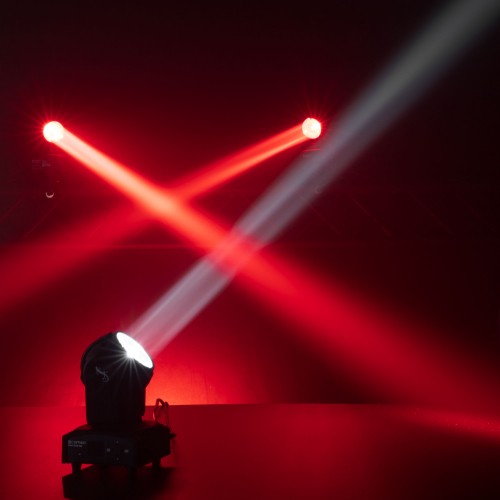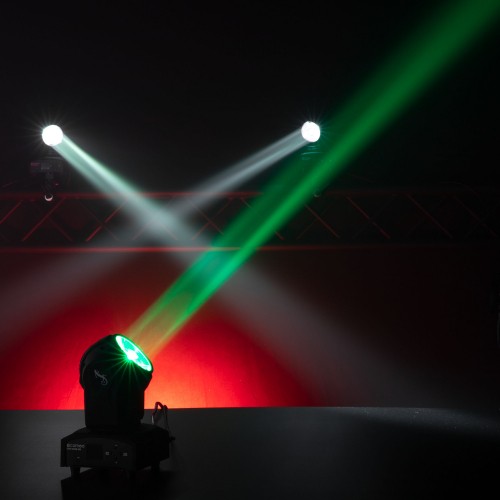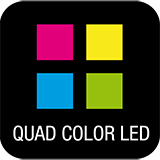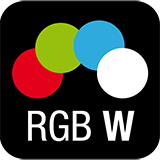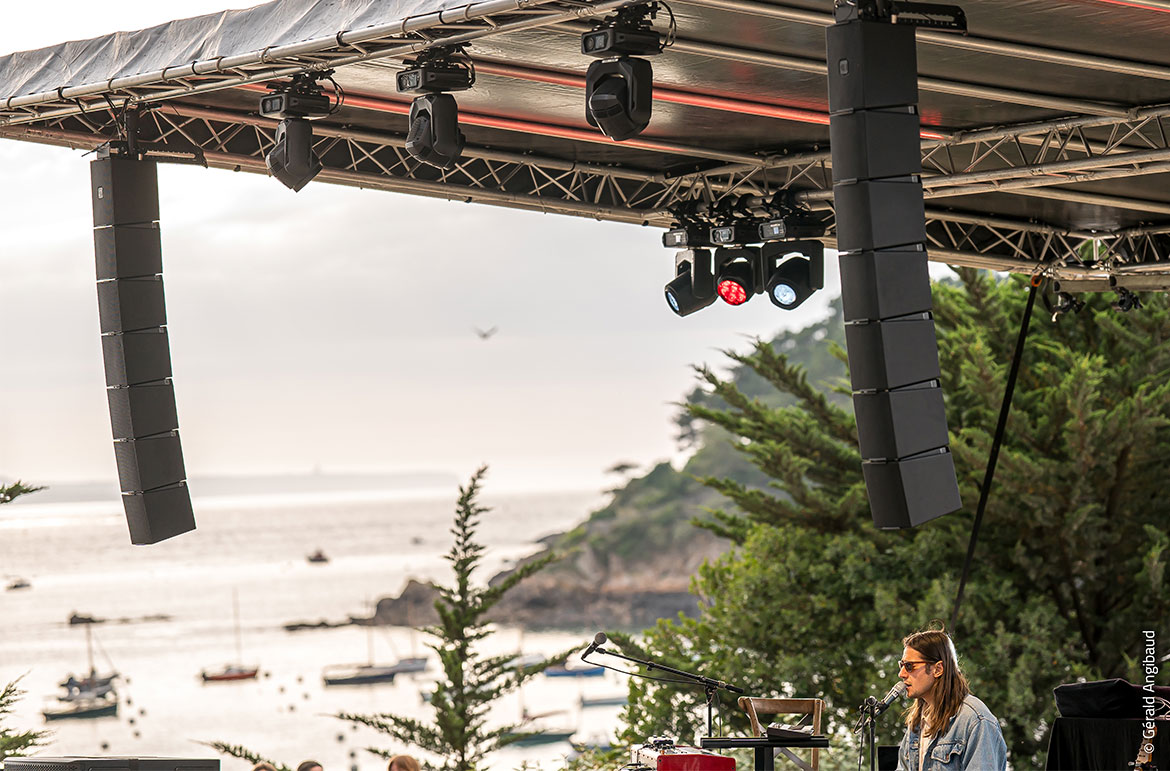DMX512
Communication standard DMX512 was developed specially for lighting systems in 1986. Up to 32 DMX devices can be daisy-chained and controlled via a control source (e.g. a light mixer).
Environment-friendly
The high energy efficiency, the long service life of the LED lamps and the low level of heat dissipation make this device particularly environment-friendly.
LED technology
LEDs are ideal for use in lighting systems: They are bright and have a low level of heat dissipation, a long operating life and low energy consumption. Moreover, LED systems often weigh less than conventional lighting systems.
Master & slave
Master/slave operation allows identical DMX devices to be controlled by a DMX device of the same model and software standard. All the devices are connected by DMX cables in series. The master device is then set to run in standalone mode and the slave devices are set to run in slave mode.
Quad colour RGBA/RGBW LEDs
Quad colour LEDs, also referred to as 4-in-1 LEDs, offer RGB colours but also an additional amber-coloured emitter for richer colours and an additional white emitter for improved contrast and greater definition.
RGB additive colour system plus white LEDs
Additional white LEDs create more contrast and clearer colour boundaries. What is more, they improve the creation of white and pastel colours.
Music control
In music control mode, the device is controlled via the built-in microphone and can follow the rhythm of the music, for example.
Standalone mode
In standalone mode, the device functions are controlled via integrated programmes, so no light mixer or “master” controller is required.
Strobe
Strobes emit fast flash sequences, which makes movements appear “frozen” and creates a kind of slow-motion effect.
The PAN & TILT feature moves light emission along the X and Y axes.
